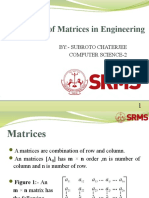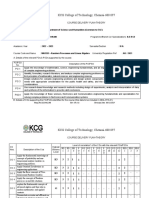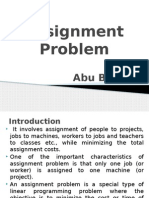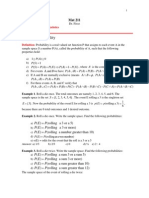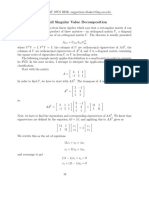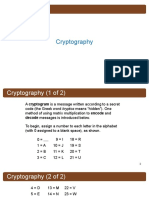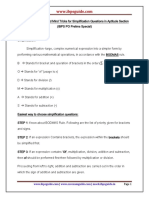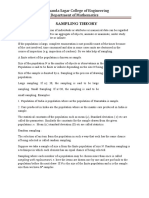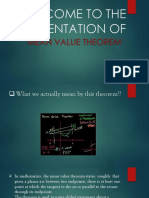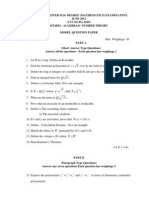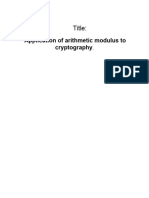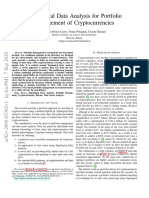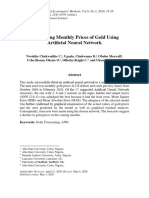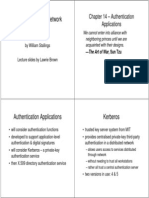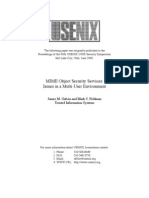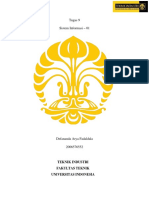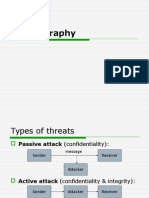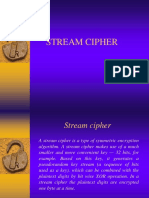100% found this document useful (1 vote)
1K views27 pagesApplications of Matrices To Cryptography
This document discusses the application of matrices to cryptography. It provides background on the history of matrices and how they originated from the study of simultaneous linear equations over 4000 years ago. The modern study of linear systems began with Leibniz who invented the notion of a determinant. Gauss later introduced a systematic procedure using matrix-like arrangements to solve simultaneous equations, known as Gauss elimination. The purpose of this research is to investigate how matrices can be used to generate encryption keys for ciphers like Hill ciphers and examine the Diffie-Hellman key exchange mechanism.
Uploaded by
ugoala brightCopyright
© © All Rights Reserved
We take content rights seriously. If you suspect this is your content, claim it here.
Available Formats
Download as PDF, TXT or read online on Scribd
100% found this document useful (1 vote)
1K views27 pagesApplications of Matrices To Cryptography
This document discusses the application of matrices to cryptography. It provides background on the history of matrices and how they originated from the study of simultaneous linear equations over 4000 years ago. The modern study of linear systems began with Leibniz who invented the notion of a determinant. Gauss later introduced a systematic procedure using matrix-like arrangements to solve simultaneous equations, known as Gauss elimination. The purpose of this research is to investigate how matrices can be used to generate encryption keys for ciphers like Hill ciphers and examine the Diffie-Hellman key exchange mechanism.
Uploaded by
ugoala brightCopyright
© © All Rights Reserved
We take content rights seriously. If you suspect this is your content, claim it here.
Available Formats
Download as PDF, TXT or read online on Scribd
/ 27
